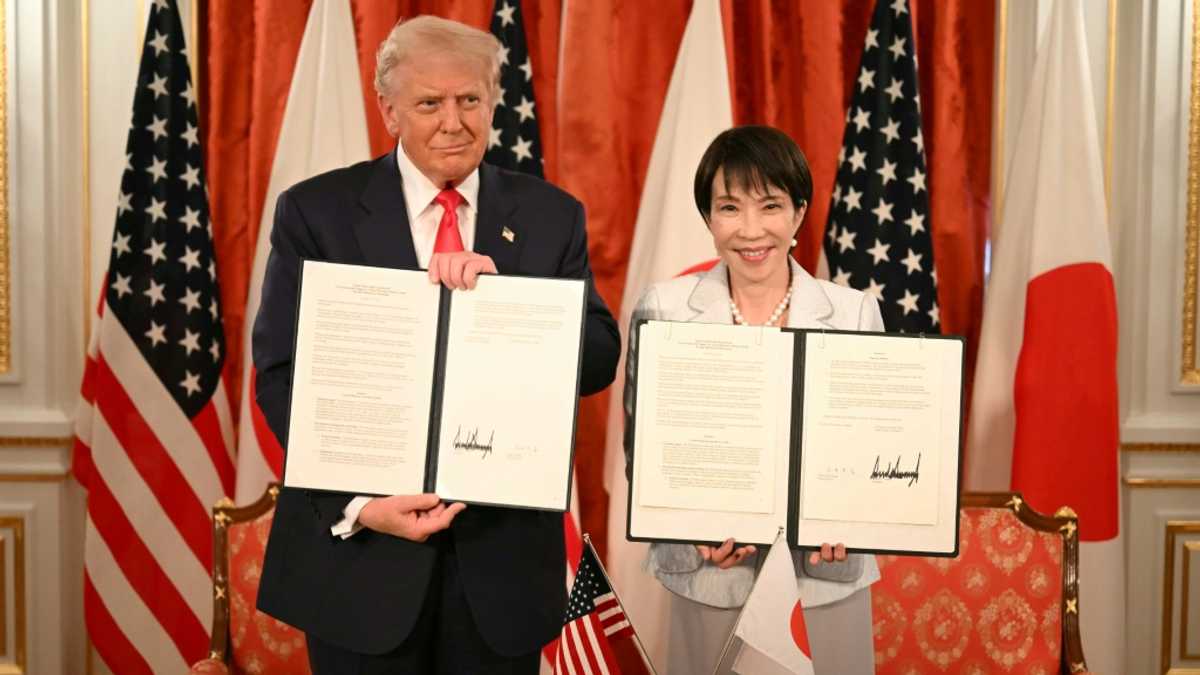Copyright fool

The Fidelity MSCI Information Technology Index ETF (FTEC 0.18%) tracks a wide range of U.S. technology stocks for diversified sector coverage, while the iShares Semiconductor ETF (SOXX 1.05%) targets U.S.-listed semiconductor companies. This comparison highlights key differences in cost, diversification, and risk for investors considering these two funds. Snapshot (cost & size) Beta measures price volatility relative to the S&P 500; figures use five-year weekly returns. FTEC is more affordable with a lower expense ratio, which may appeal to cost-conscious investors. The difference in dividend yield is minimal between the two funds. Performance & risk comparison What's inside FTEC spans nearly the entire U.S. tech sector, holding 288 stocks with a 12-year track record (as of Nov. 3, 2025). Its portfolio is 98% technology and 1% communication services, with top holdings including Nvidia, Microsoft, and Apple. The fund’s holdings include both technology and communication services companies, offering broad exposure across the sector. SOXX, in contrast, is a concentrated bet on semiconductors, holding just 35 stocks. Its portfolio is 100% technology, with top positions in Advanced Micro Devices (AMD), Broadcom, and Nvidia. This focus can mean higher volatility and sharper drawdowns, but also the potential for stronger returns when semiconductor stocks outperform the broader tech sector. For more guidance on ETF investing, check out the full guide at this link. Foolish take Both the iShares Semiconductor ETF (SOXX) and the Fidelity MSCI Information Technology Index ETF (FTEC) deliver exposure to the hot artificial intelligence sector. The former does this through its focus on semiconductor stocks, which are key providers of tech needed for AI systems to function. The latter does this through holdings that include stocks also held by the SOXX ETF, such as Nvidia and AMD. But FTEC also encompasses non-semiconductor stocks that have seen massive gains over the past year. For example, among its top ten holdings is Palantir, a software company that uses AI to deliver business insights, and whose shares soared over 200% in the last 12 months through Nov. 4. SOXX's strength comes from the current environment where semiconductor stocks are poised to deliver tremendous gains over the next decade. Governments and businesses are replacing existing hardware with specialized AI chips that can support the computing demands of artificial intelligence. But you get that exposure through FTEC's semiconductor holdings, while also gaining from big tech players such as Microsoft. These non-semiconductor companies are also positioned to see business growth from AI, and that upside isn't available in the SOXX ETF. Given this more diversified tech exposure combined with FTEC's lower fees, and these factors make the ETF the better choice over SOXX. ETF (Exchange-Traded Fund): A fund traded on stock exchanges, holding a basket of assets like stocks or bonds.Expense ratio: The annual fee, as a percentage of assets, that investors pay to own a fund.Dividend yield: Annual dividends paid by a fund or stock, expressed as a percentage of its price.Beta: A measure of an investment's volatility compared to the overall market; higher beta means greater risk.AUM (Assets Under Management): The total market value of assets that a fund manages on behalf of investors.Max drawdown: The largest percentage drop from a fund's peak value to its lowest point over a specific period.Semiconductor: A material or company involved in making chips essential for electronic devices and computing.Sector coverage: The range of industries or segments within a broader market that a fund invests in.Portfolio: The collection of investments held by a fund or investor.Diversification: Spreading investments across various assets to reduce risk.Volatility: The degree of variation in an investment's price over time, indicating risk level.



